Complete Solutions to CREATIVE QUESTIONS FOR NEW MODEL PAPER ( 4 MARK QUESTIONS) of chapter RESPIRATION - THE ENERGY PRODUCING SYSTEM of Class 10 book with complete answers and questions
| Class 10 | BIOLOGY |
| Chapter | RESPIRATION - THE ENERGY PRODUCING SYSTEM |
| VGS PUBLICATION-BRILLIANT | CREATIVE QUESTIONS FOR NEW MODEL PAPER ( 4 MARK QUESTIONS) |
| Number Of Questions | 69 |
| Academic Year | 2023-24 |
Observe the diagram and answer the following question.
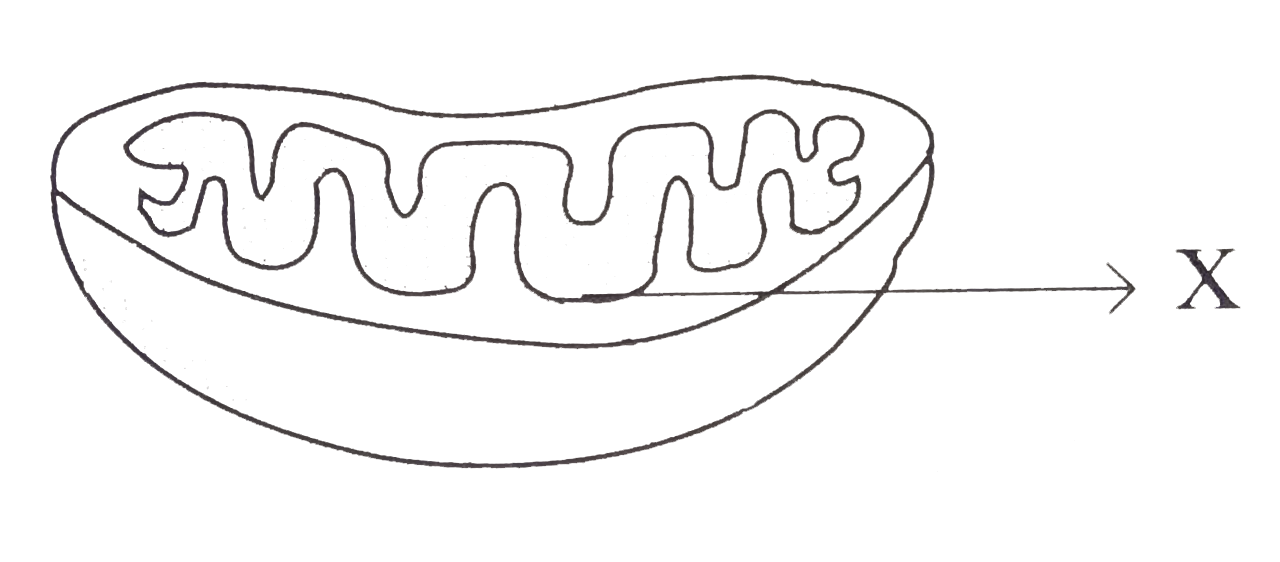
What does the given diagram indicate ?
View SolutionObserve the diagram and answer the following question.

What is the part 'x' in the diagram ?
View SolutionObserve the diagram and answer the following question.

What is the function of the given picture ?
View SolutionObserve the diagram and answer the following question.
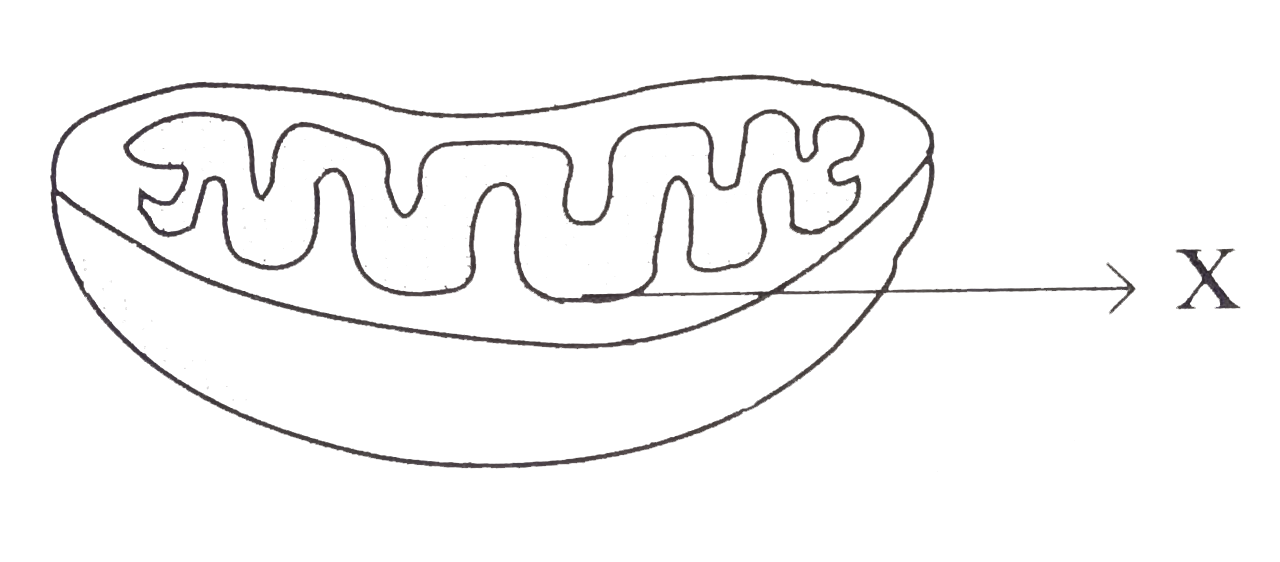
To which system the given picture belongs to ?
View SolutionObserve the set of apparatus and answer the following question.

Which process do we know with the help of this experiment ?
View SolutionObserve the set of apparatus and answer the following question.

How does this process differ with respiration ?
View SolutionObserve the set of apparatus and answer the following question.
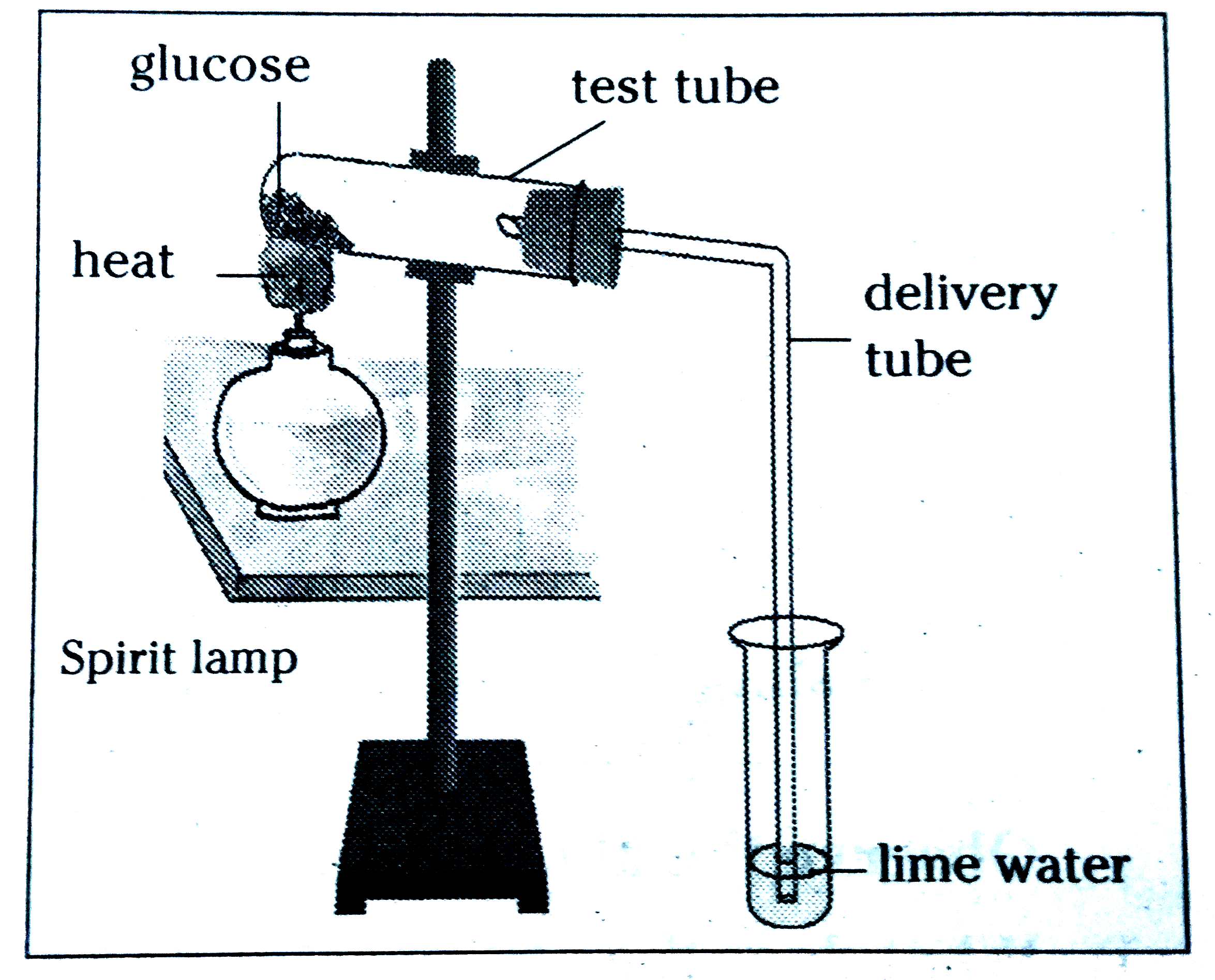
What are the similarities between this process and respiration ?
View SolutionObserve the set of apparatus and answer the following question.
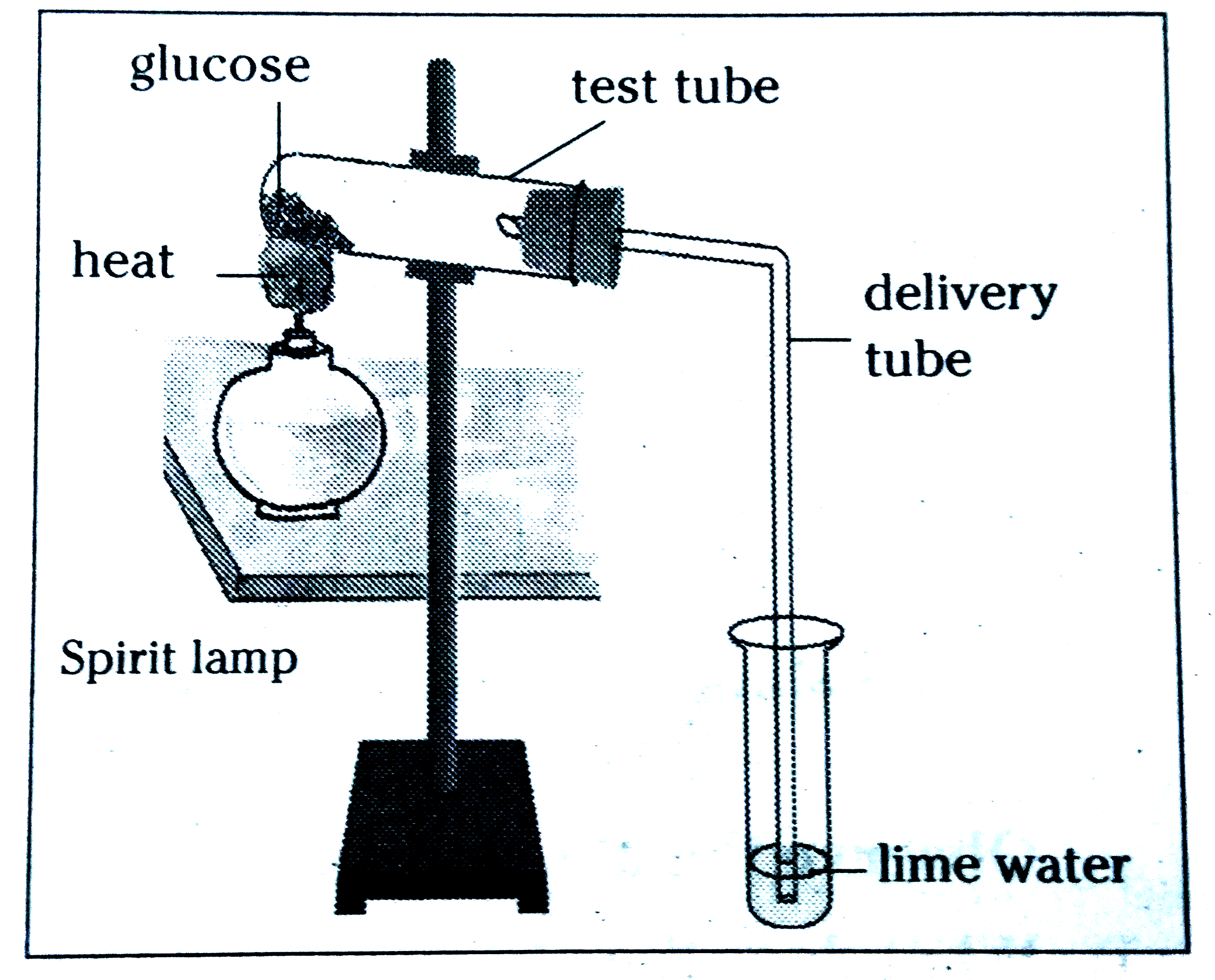
Which gas turns lime-water milky ?
View SolutionLook at the following experiment. Answer the questions .

What is the aim of the experiment ?
View SolutionLook at the following experiment. Answer the questions .

How does the process differ with respiration ?
View SolutionLook at the following experiment. Answer the questions .
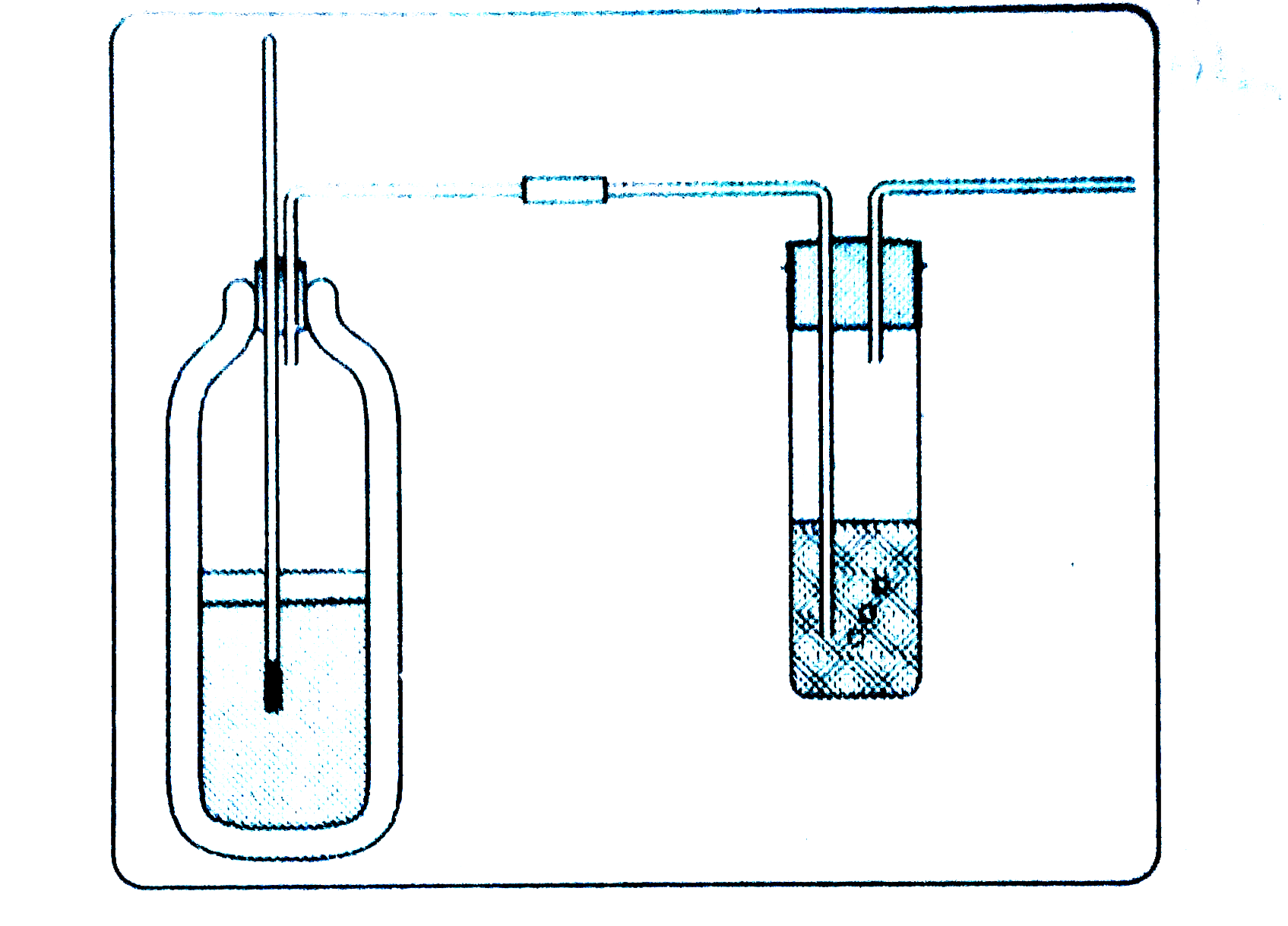
What are the similarities between this process and respiration ?
View SolutionLook at the following experiment. Answer the questions .
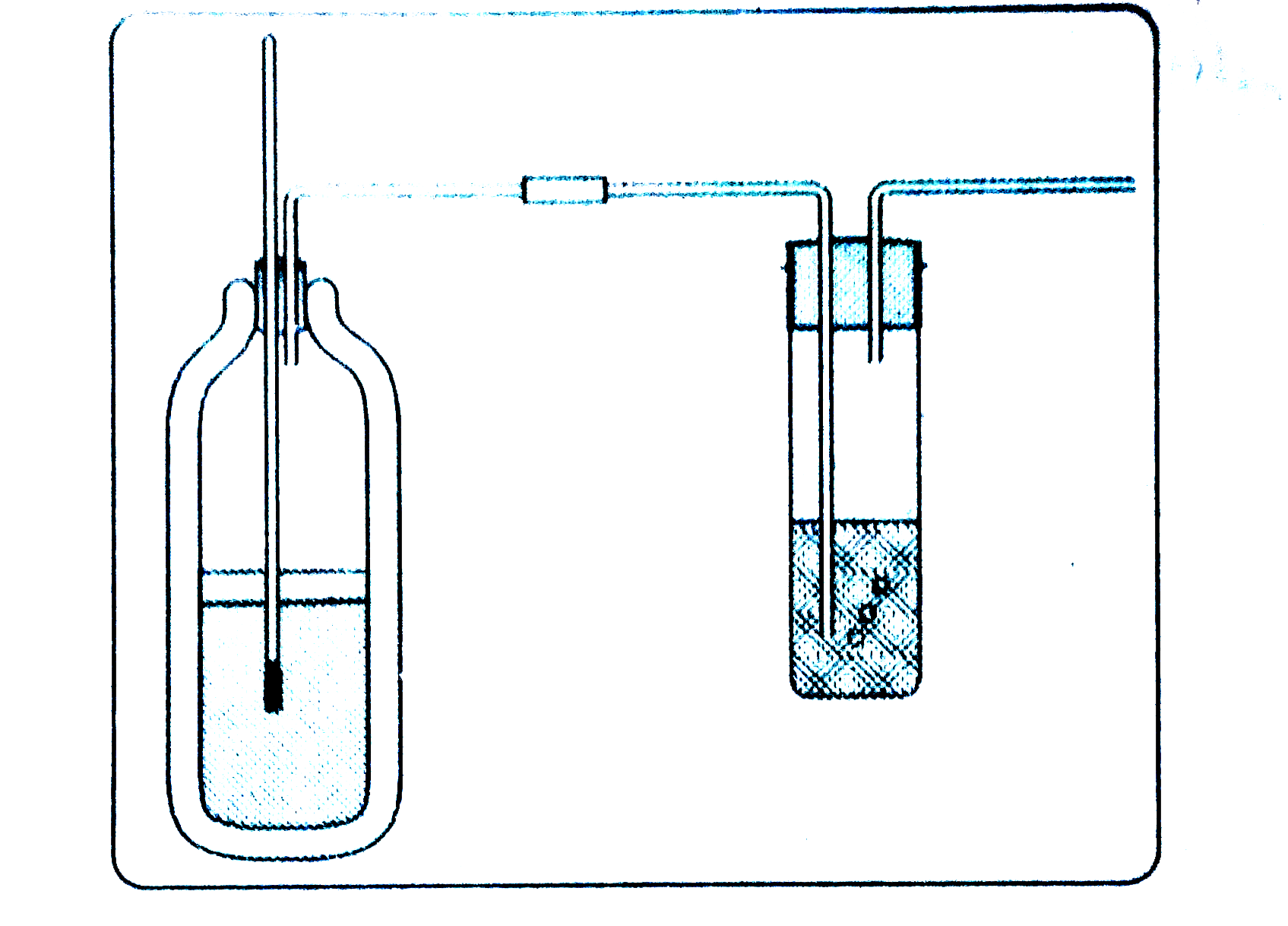
Which gas turns lime-water milky ?
View SolutionLook at the following experiment . Answer the questions.
What is the aim of the experiment ?

View SolutionLook at the following experiment . Answer the questions.

Which agent is used to find the presence of oxygen ? What changes do you observe when oxygen is present in Glucose solution ?
View SolutionLook at the following experiment . Answer the questions.

Why liquid paraffin is poured on Glucose solution ?
View SolutionLook at the following experiment . Answer the questions.

Which gas released during the experiment ? How can you prove it ?
View SolutionWrite about respiration in mangroves that grow in marshy lands.
View Solution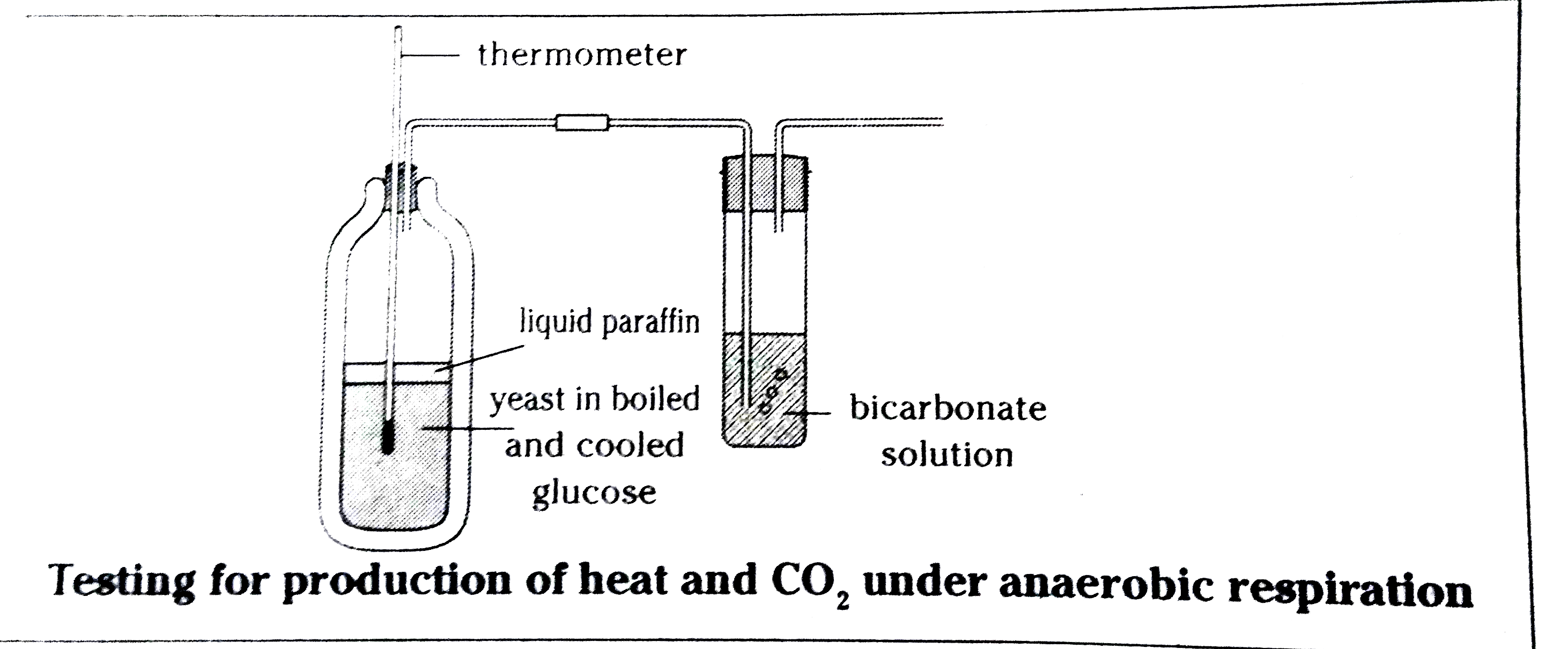
Observe the above diagram and answer the following questions :
What does the above setting (diagram ) indicate ?
View Solution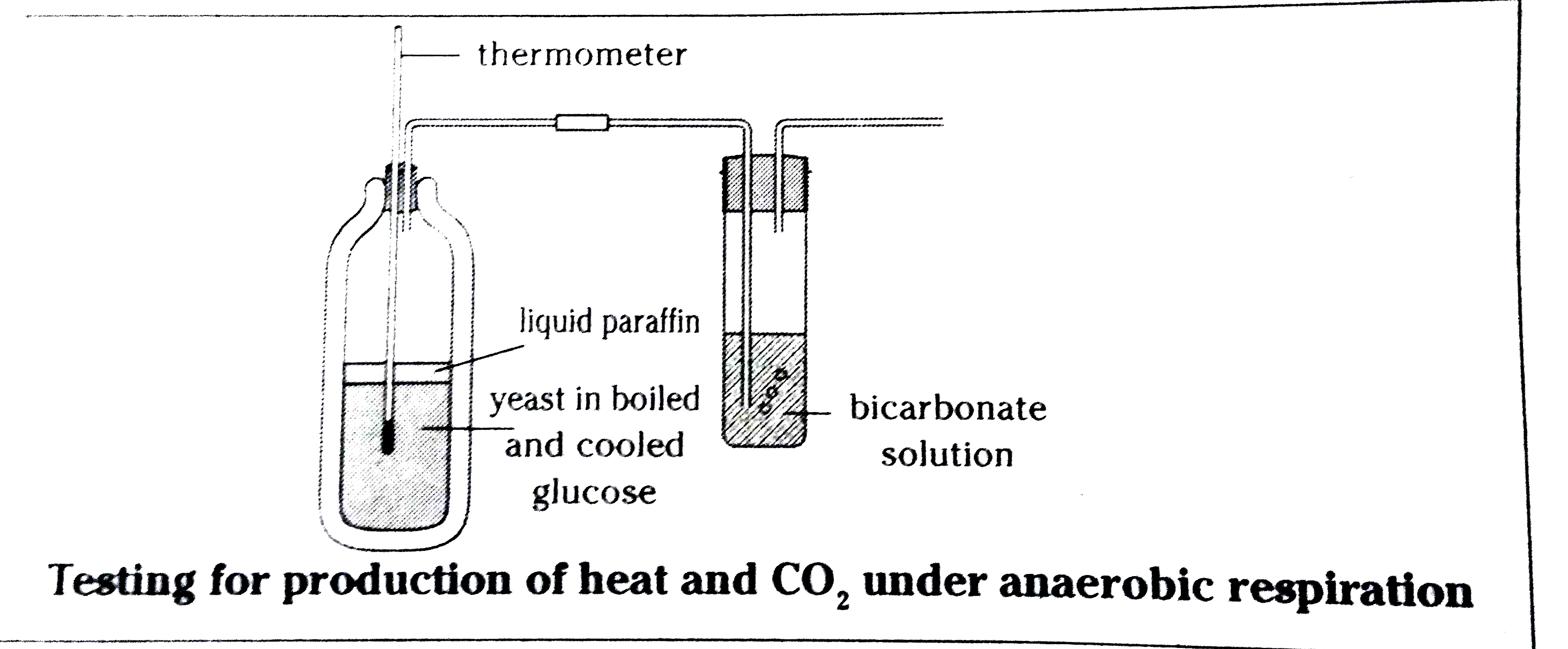
Observe the above diagram and answer the following questions :
Why boiled and cooled glucose is covered with paraffin ?
View Solution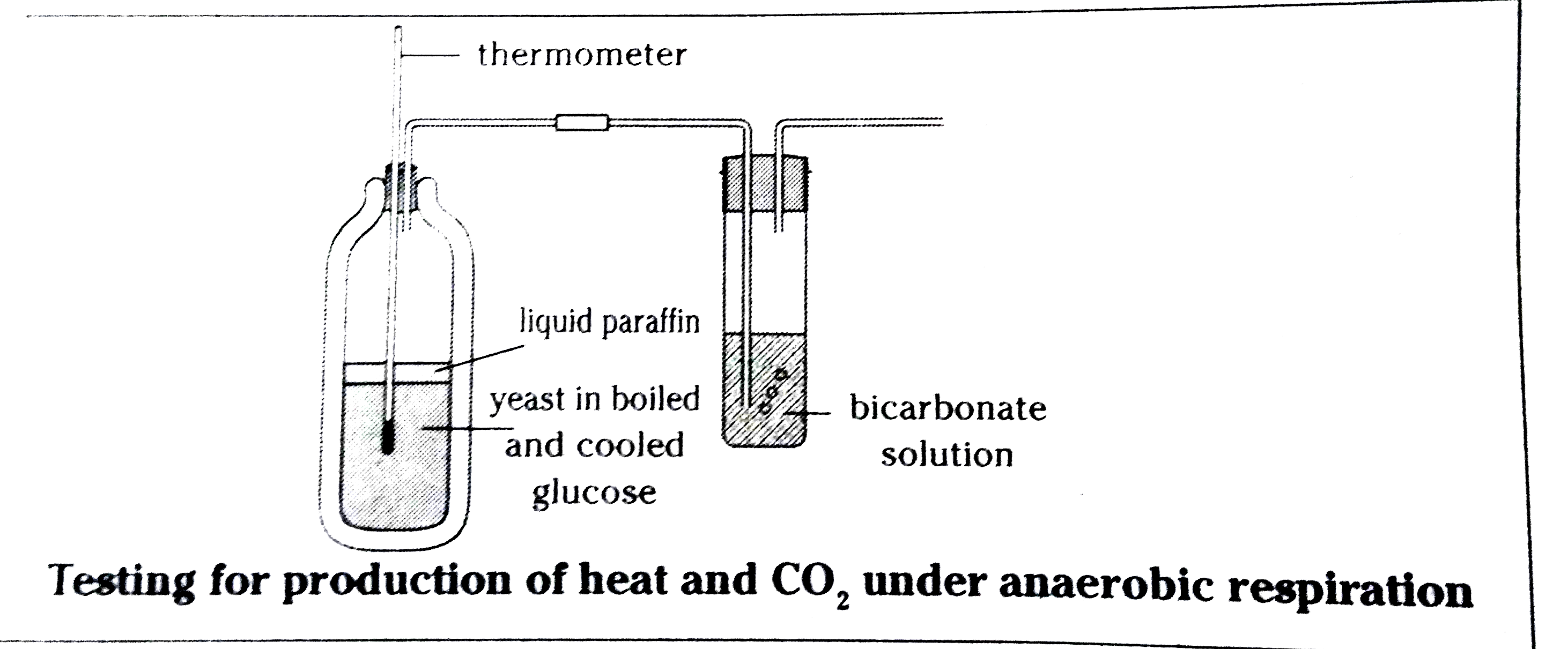
Observe the above diagram and answer the following questions :
What is the use of adding diazine green to glucose solution ? What change you notice in glucose solution ?
View Solution
Observe the above diagram and answer the following questions :
Why the lime water is used in this experiment ?
View Solution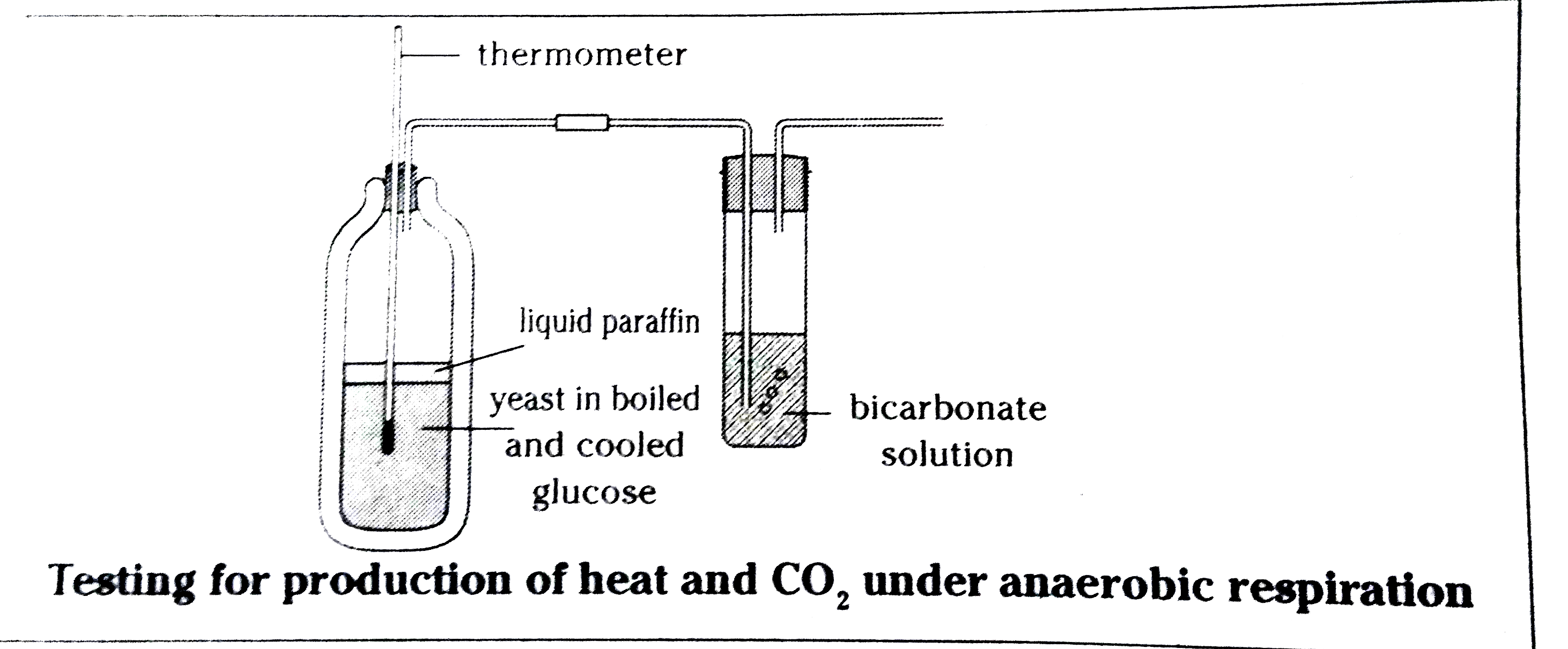
Observe the above diagram and answer the following questions :
Why is bulb of thermometer dipped in the glucose water
View Solution
Observe the above diagram and answer the following questions :
Why is bulb of thermometer dipped in the glucose water
View SolutionExplain with the help of a flow chart, the path way of air in humans .
View SolutionWhat is the aim of this experiment ?
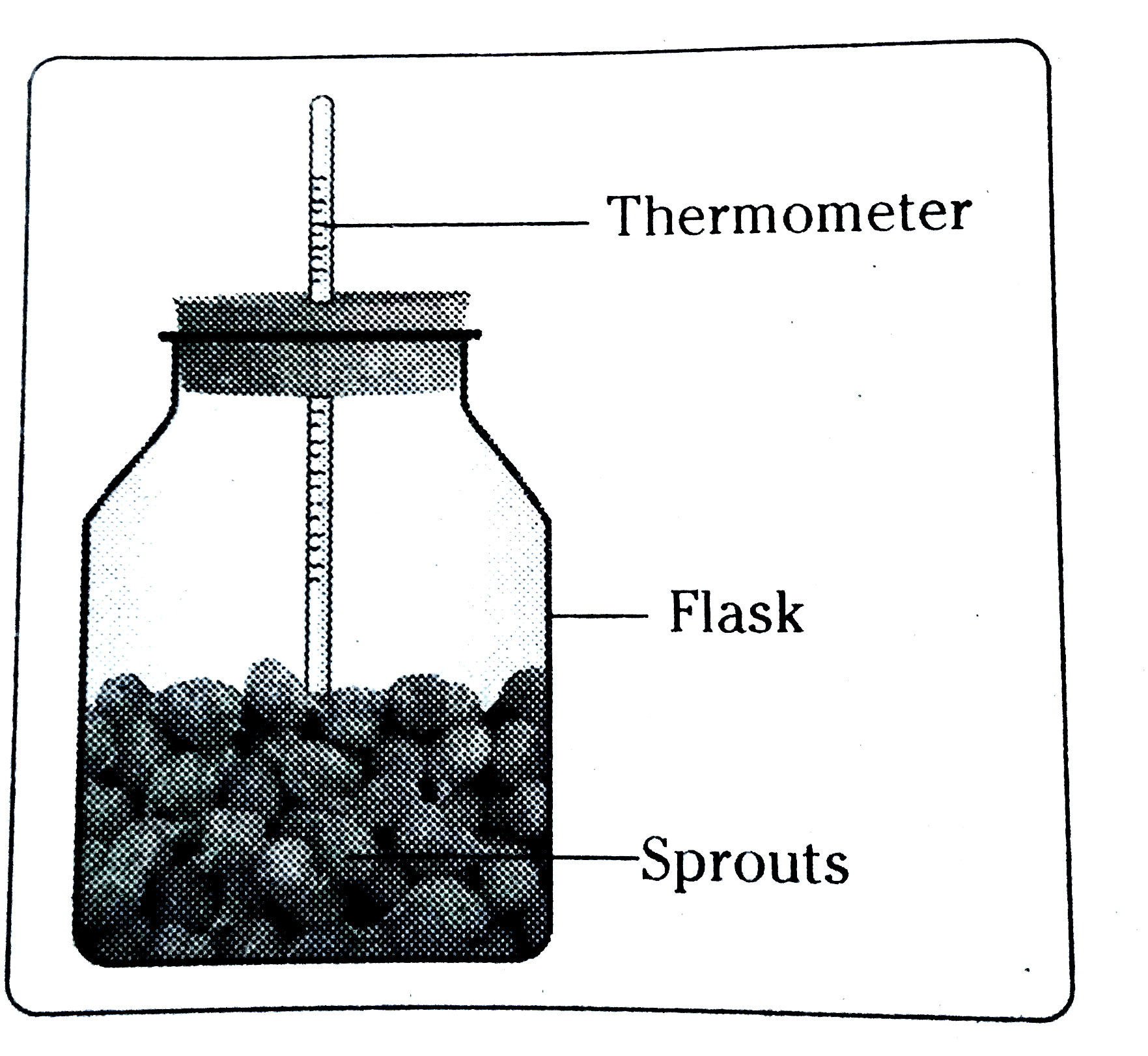
View SolutionWhat change do you observe in thermometer readings ?
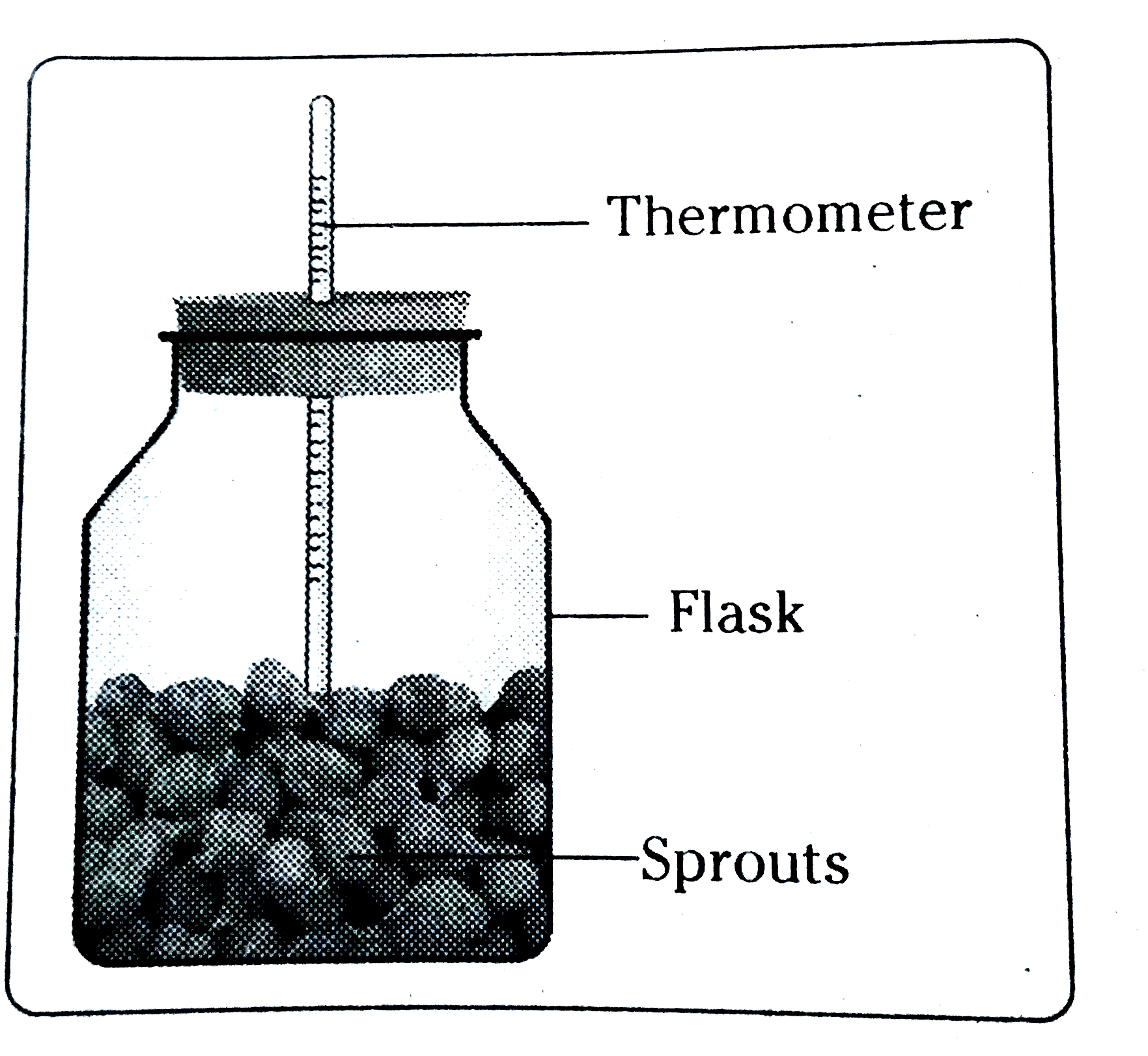
View SolutionIn your opinion , where did this heat come from ?
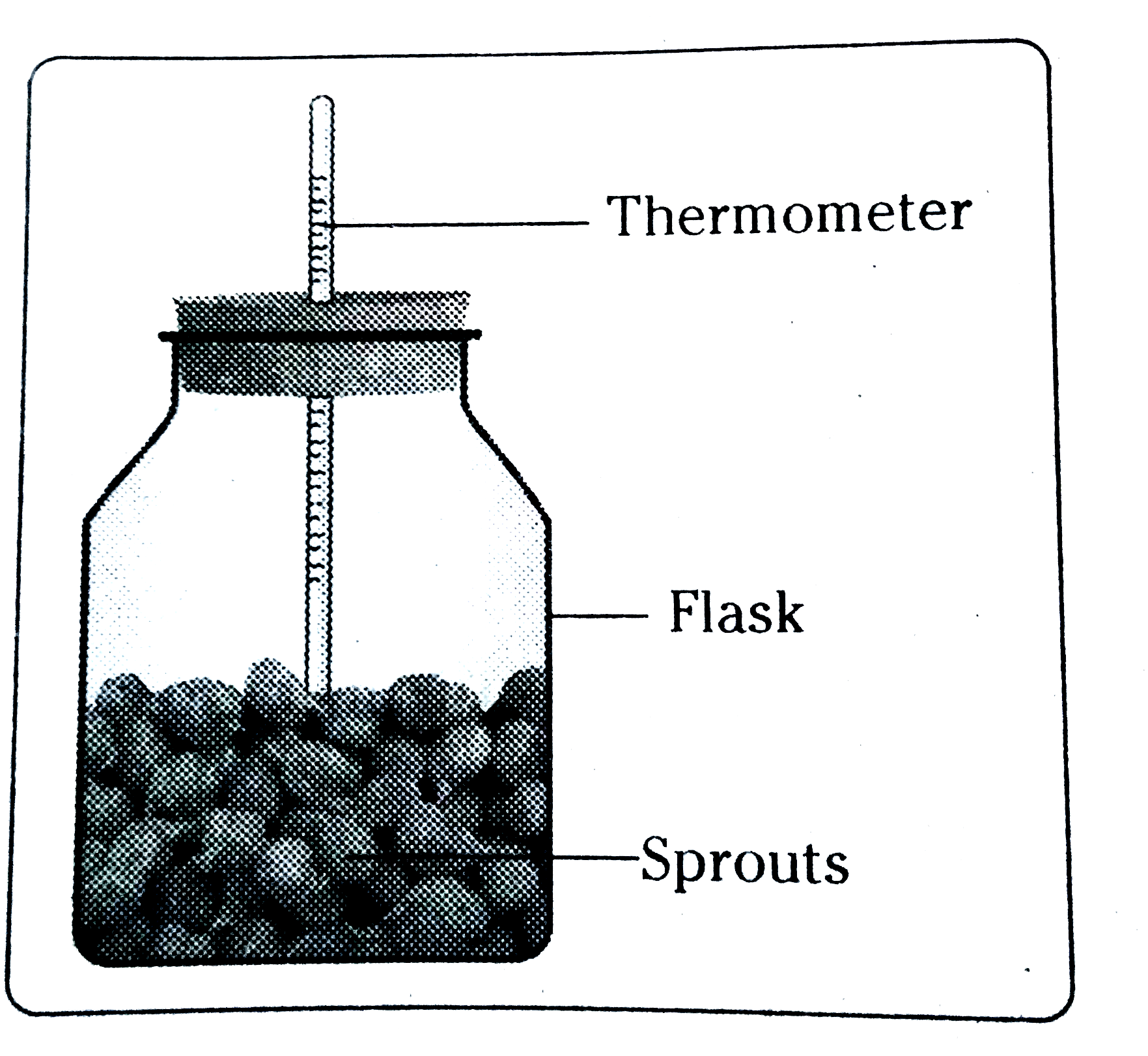
View SolutionWhat precaution should we take , while doing this experiment ?

View SolutionYou have conducted this experiment in your class room. Now answer the following questions.
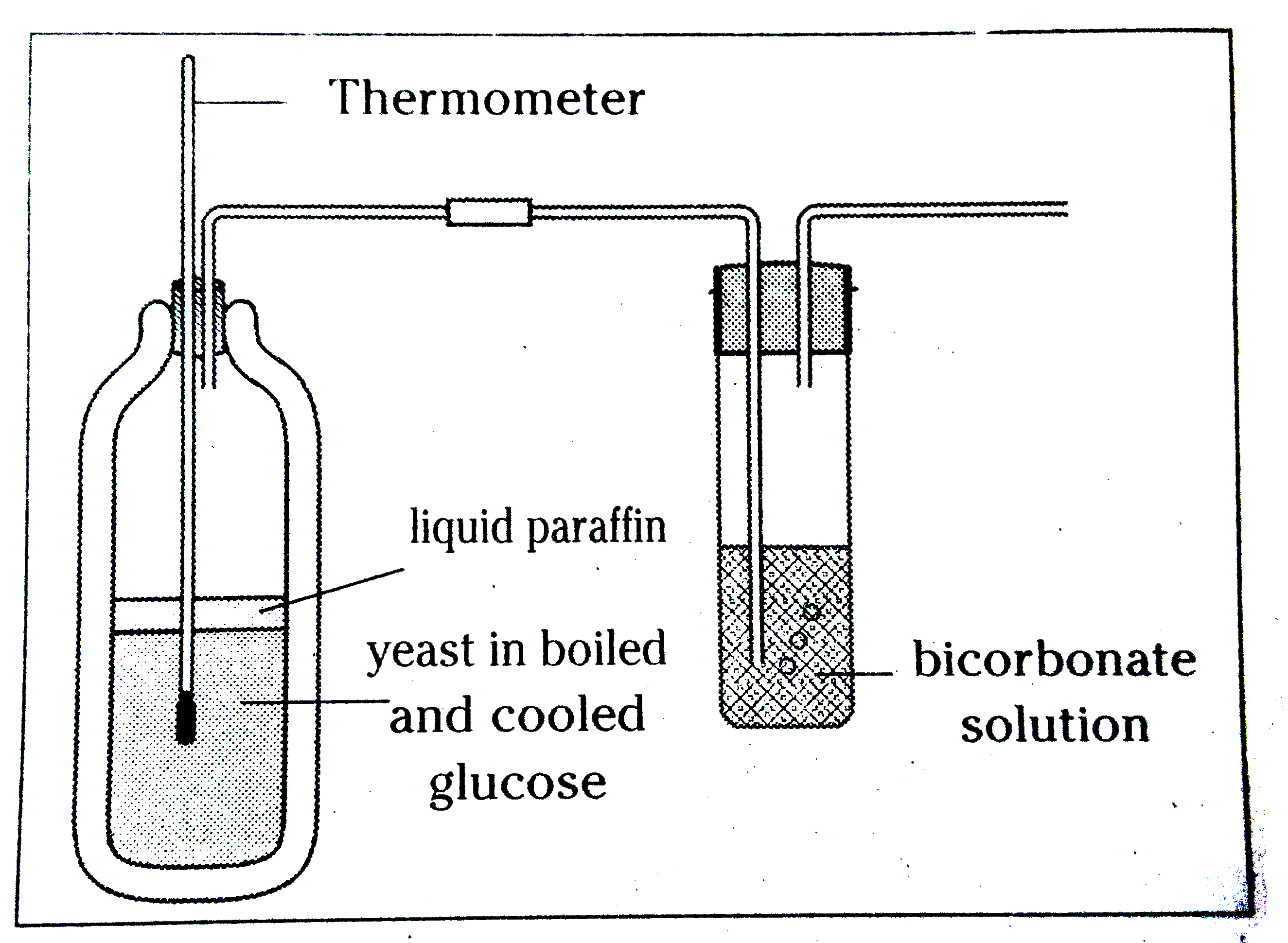 What do you prove by conducting this experiment ?
What do you prove by conducting this experiment ?
View SolutionYou have conducted this experiment in your class room. Now answer the following questions.
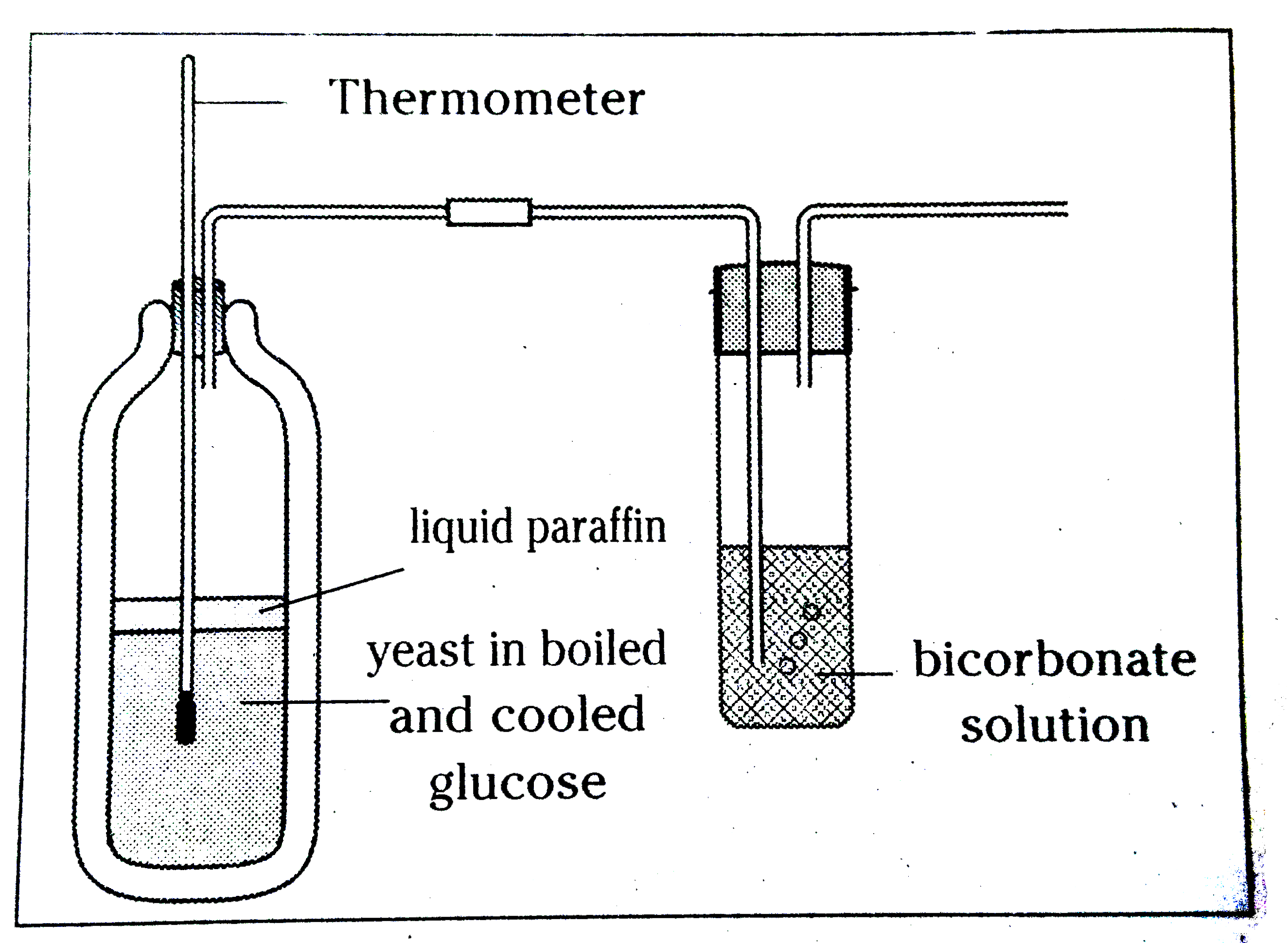 Why do you heat glucose solution ?
Why do you heat glucose solution ?
View SolutionYou have conducted this experiment in your class room. Now answer the following questions.
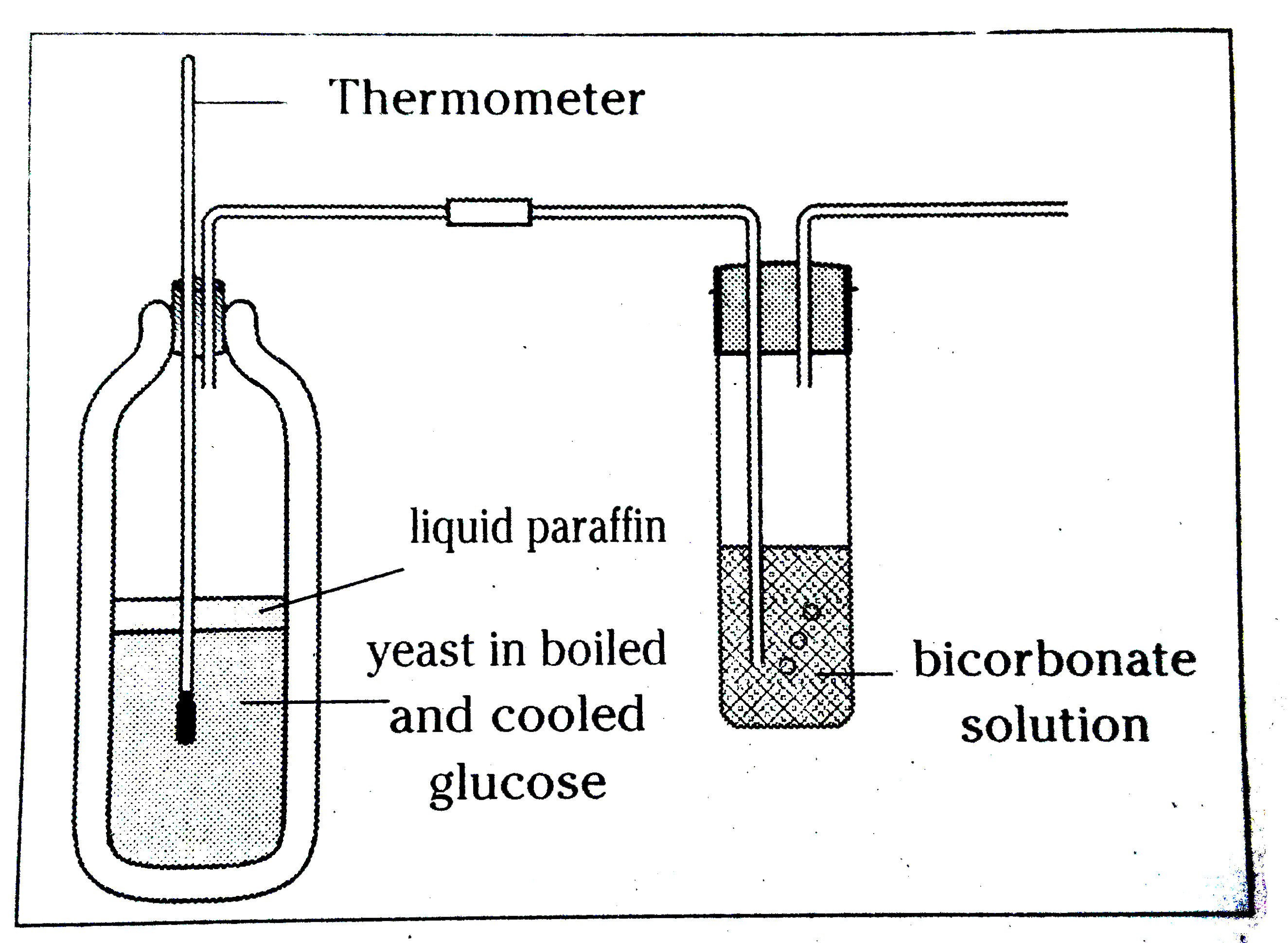 How do you confirm that glucose solution is free from oxygen after heating it ?
How do you confirm that glucose solution is free from oxygen after heating it ?
View SolutionYou have conducted this experiment in your class room. Now answer the following questions.
 What are the changes you notice in the lime water ?
What are the changes you notice in the lime water ?
View SolutionWhat change do you observe in thermometer readings ?

View SolutionWhat change did you observe in the thermometer in the given experiment ?
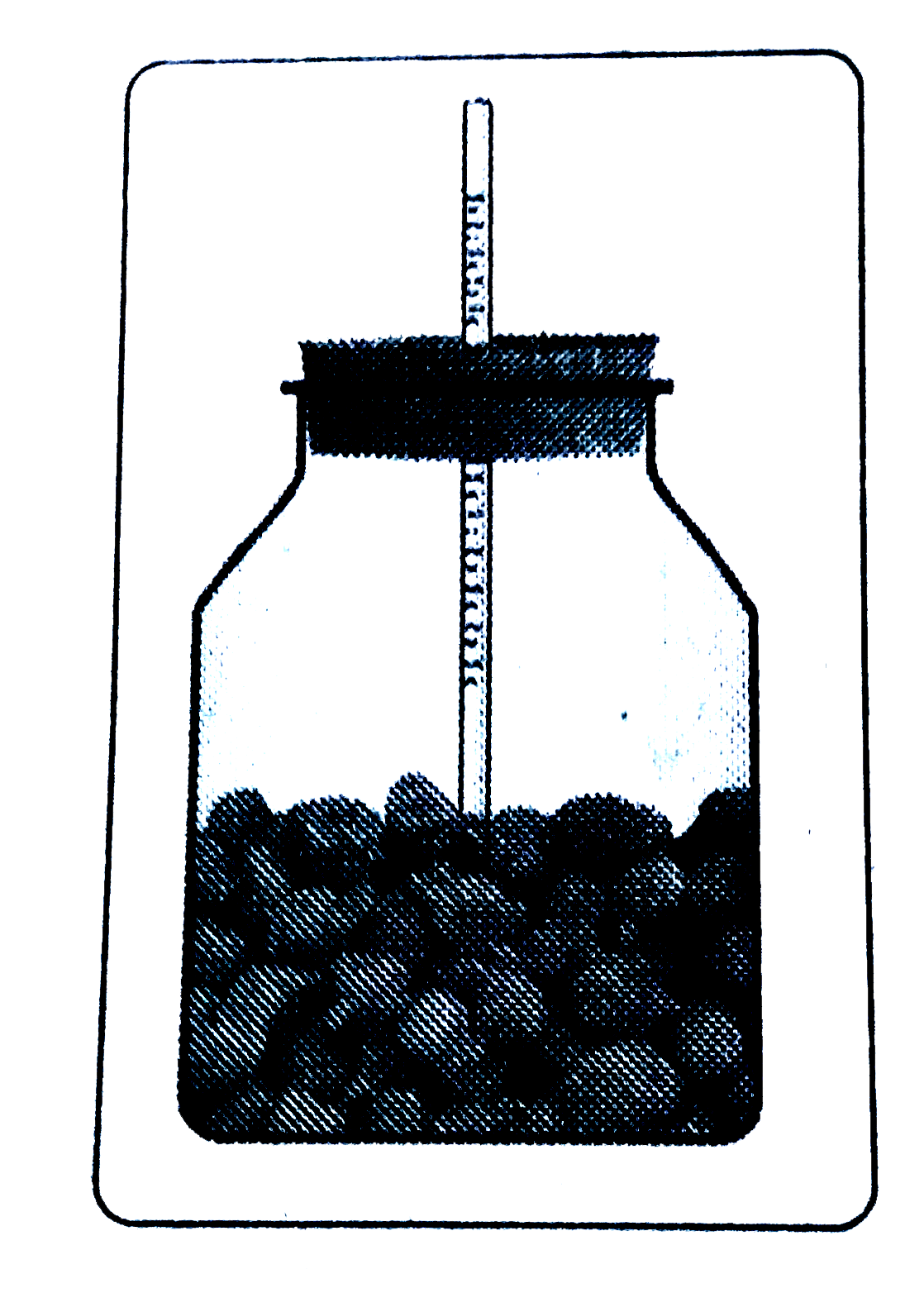
Where does the heat come from ?
View SolutionWhat change did you observe in the thermometer in the given experiment ?
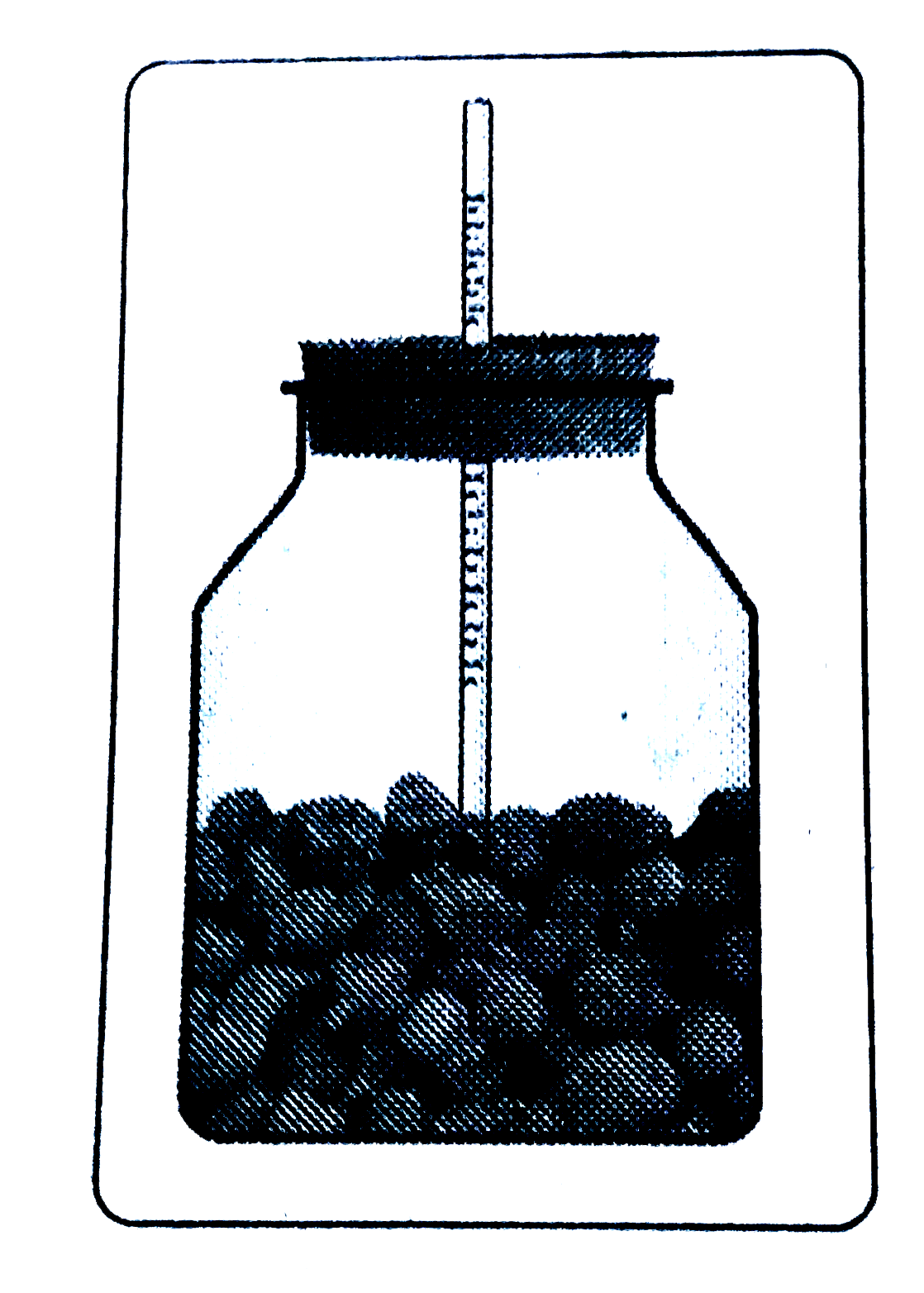
What result you will get , if you perform this experiment with dry seeds ?
View SolutionWhat change did you observe in the thermometer in the given experiment ?
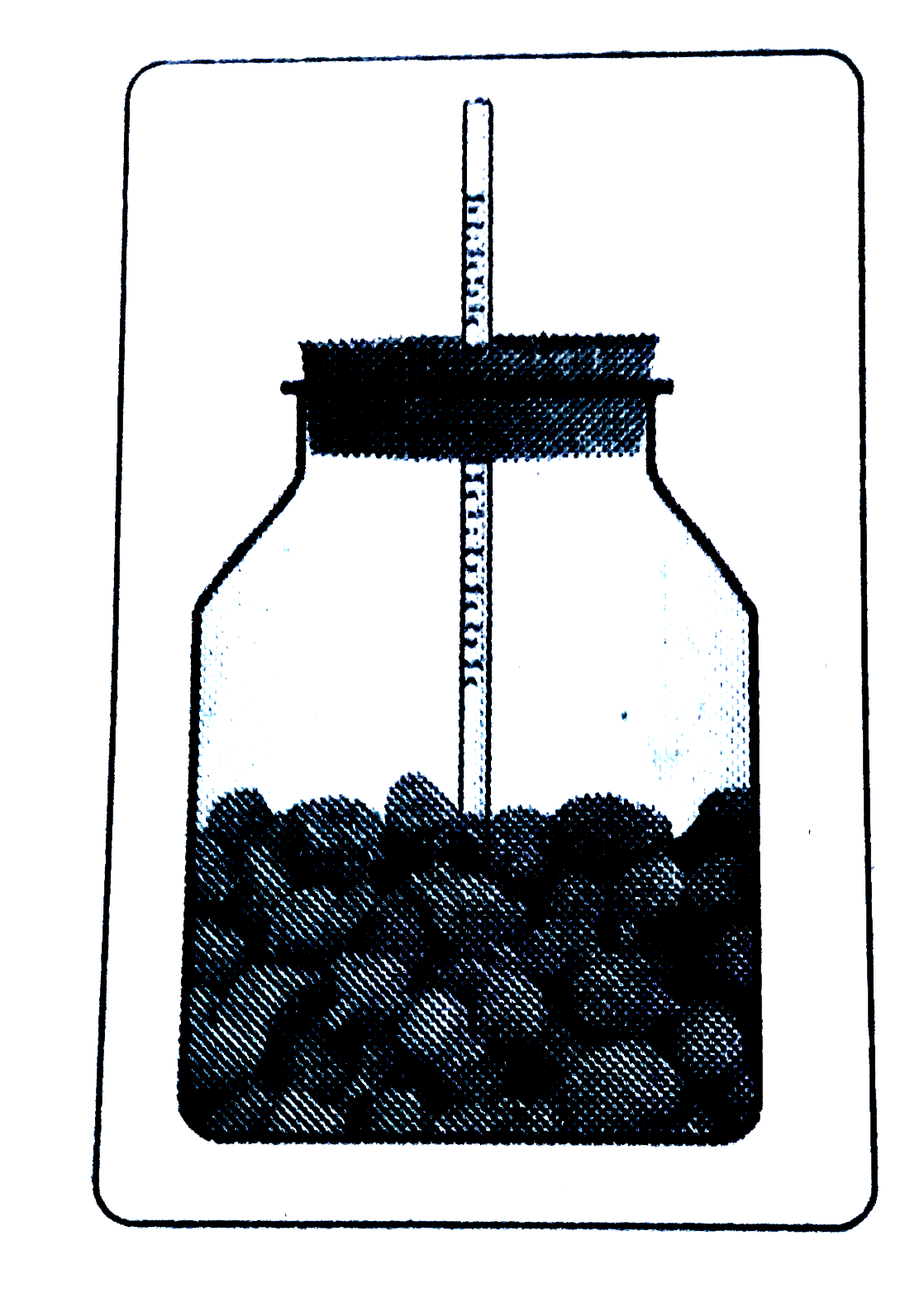
What are the apparatus used in this experiment ?
View SolutionObserve the following graph and answer the questions given below .
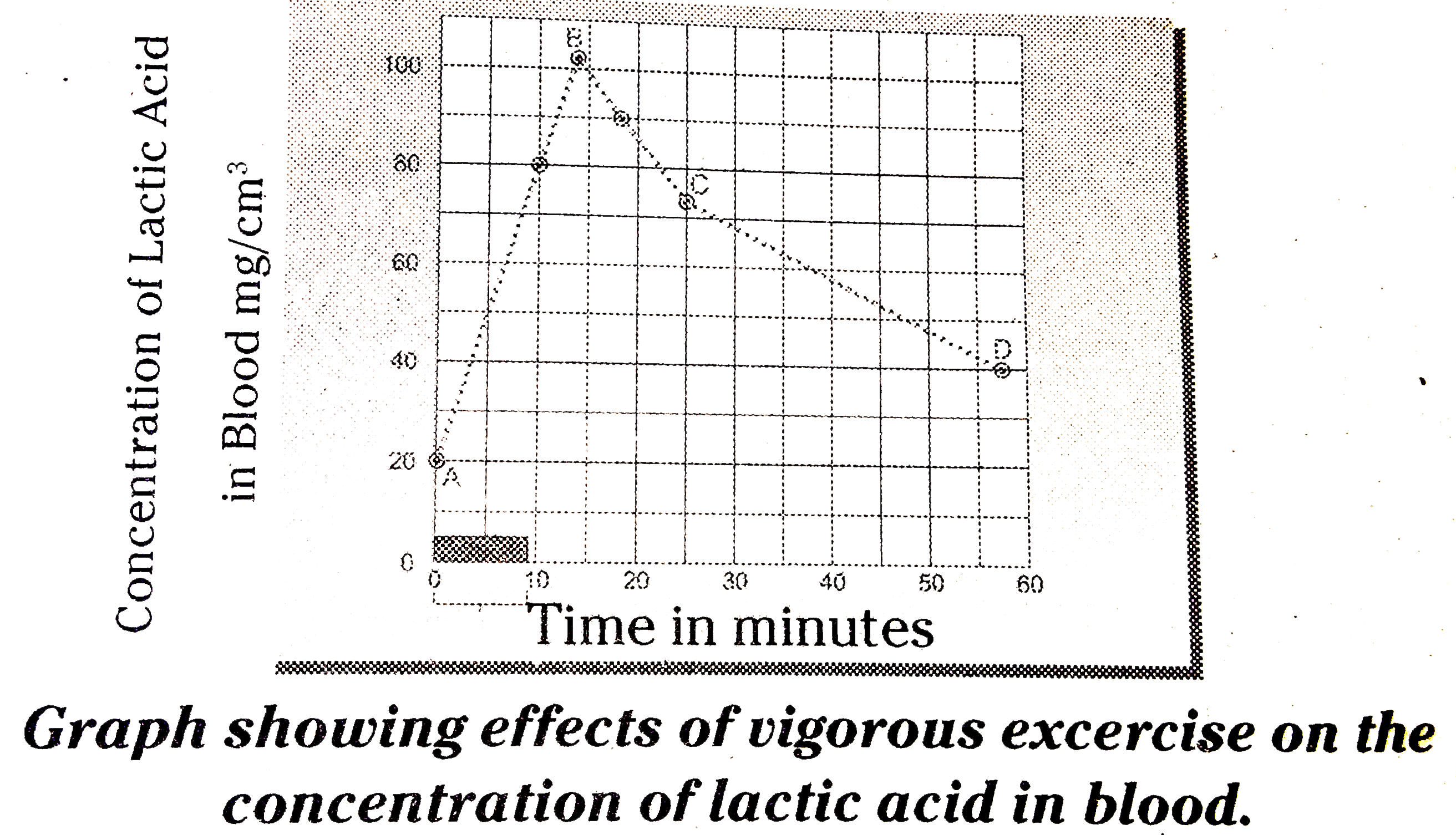
What was the concentration of lactic acid in the blood to start with ?
View SolutionObserve the following graph and answer the questions given below .
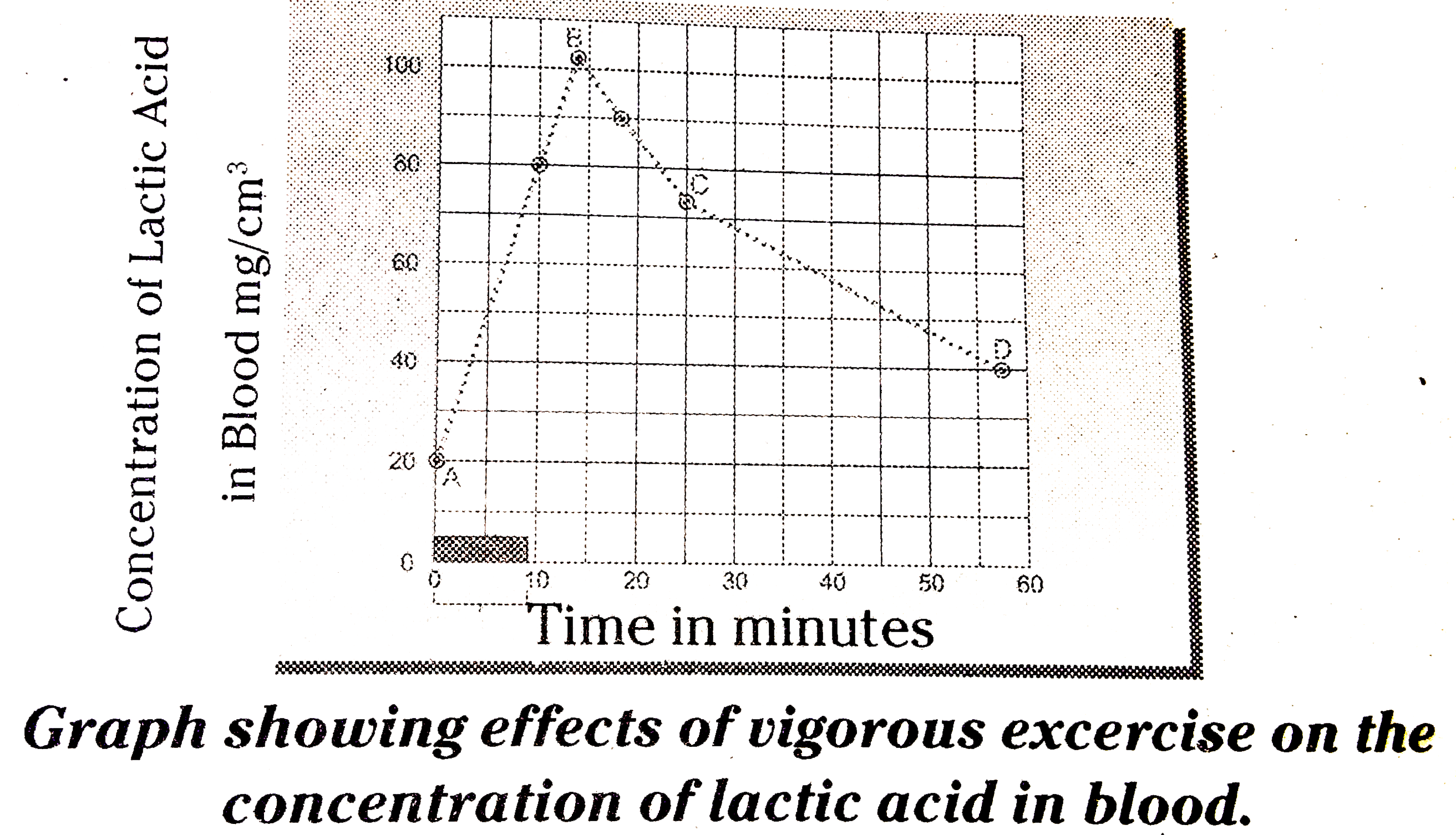
In which state lactic acid concentration is more ?
View SolutionStudy the graph given below and analyse the reasons for accumulation of lactic acid in blood after strenuous exercise.
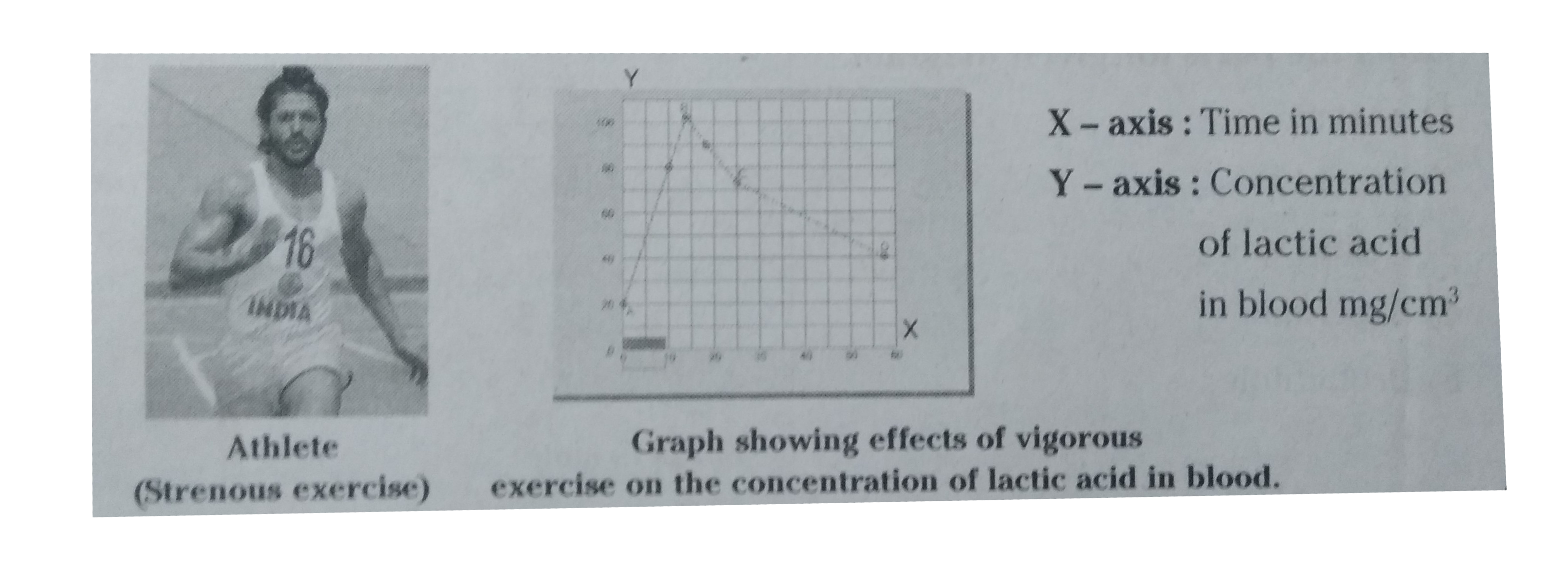
View SolutionStudy the graph and answer the following questions:
Graph showing effects of vigorous exercise on the concentration of lactic acid in blood .
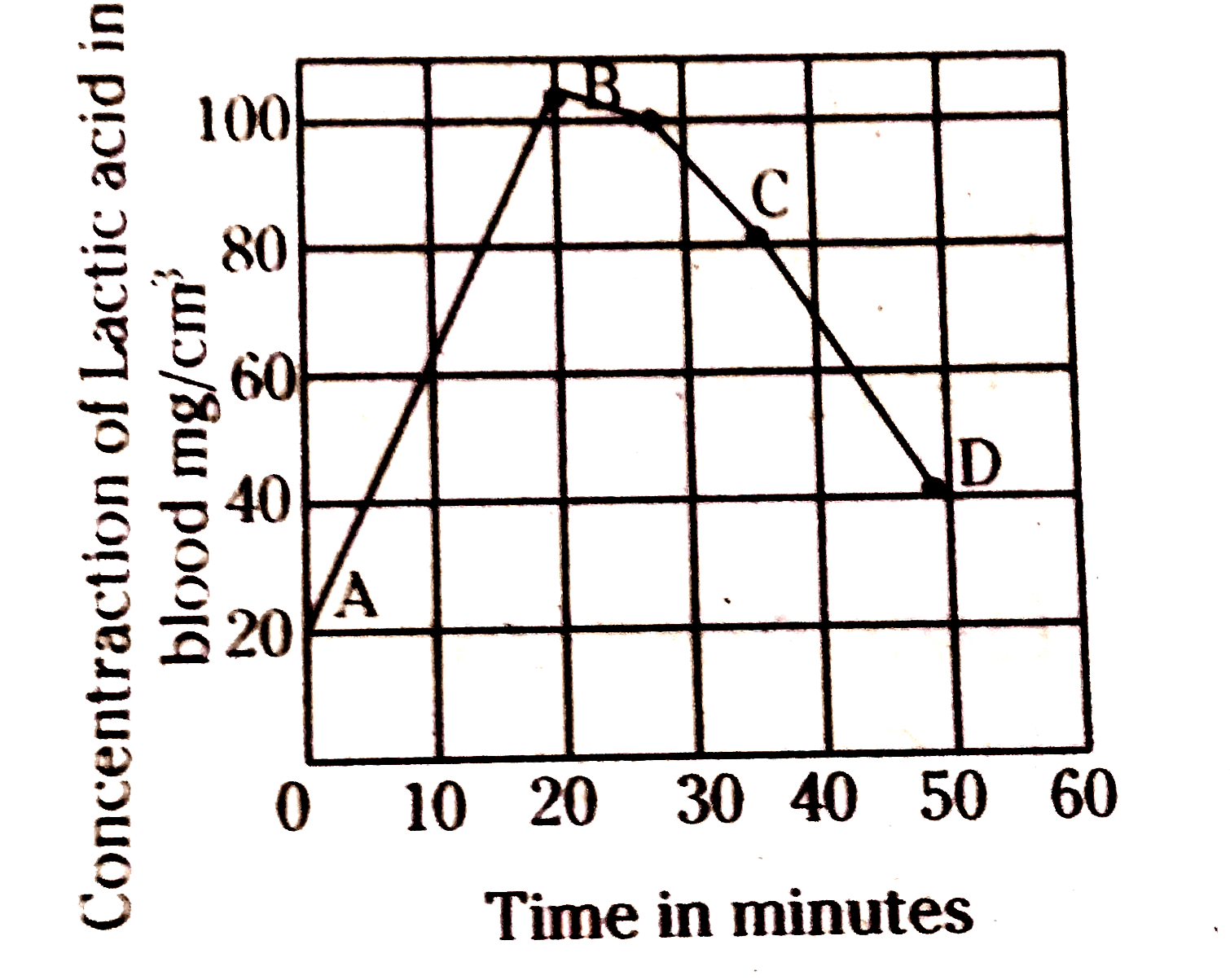
What is the relationship between lactic acid and muscle pain ?
View SolutionDescribe the structure of mitochondria with the help of a diagram.
View SolutionWhich cell organelle is called energy currency or power house of cell ?
View SolutionWhat do you know about the organelle that performs the cellular respiration ?
View SolutionWhy does the exchange of gases happen only in alveoli, though arteries are present in pharynx, trachea and bronchus?
View SolutionDescribe how oxygen enters the blood in lungs with the help of a block diagram.
View SolutionHow does gaseous exchange occur in lungs ?
View SolutionWhat is the role of diaphragm and ribs in respiration ? Are both active in man and woman?
View SolutionIs respiration possible without diaphragm and ribs in human? Explain.
View SolutionIdentify the mismatched pair.
1) WBC `to` Oxygen transportation
2) RBC `to` Microscopic policeman
3) Platelets `to` Blood coagulation.
View SolutionWhat are different ways in which glucose is oxidised to provide energy in various organisms?
View SolutionWrite the adaptations seen in plants living in water logged conditions.
View SolutionWrite a brief note on respiration in plants.
View SolutionHow do you appreciate the mechanism of respiration in our body ?
View SolutionWrite a brief note on tracheal respiration in insects .
View SolutionExplain the evolutionary changes in energy releasing system.
View SolutionDescribe the structure of human lungs with the help of a diagram
View SolutionTo observe Anaerobic respiration a student conducted experiment with yeast. In this experiment,
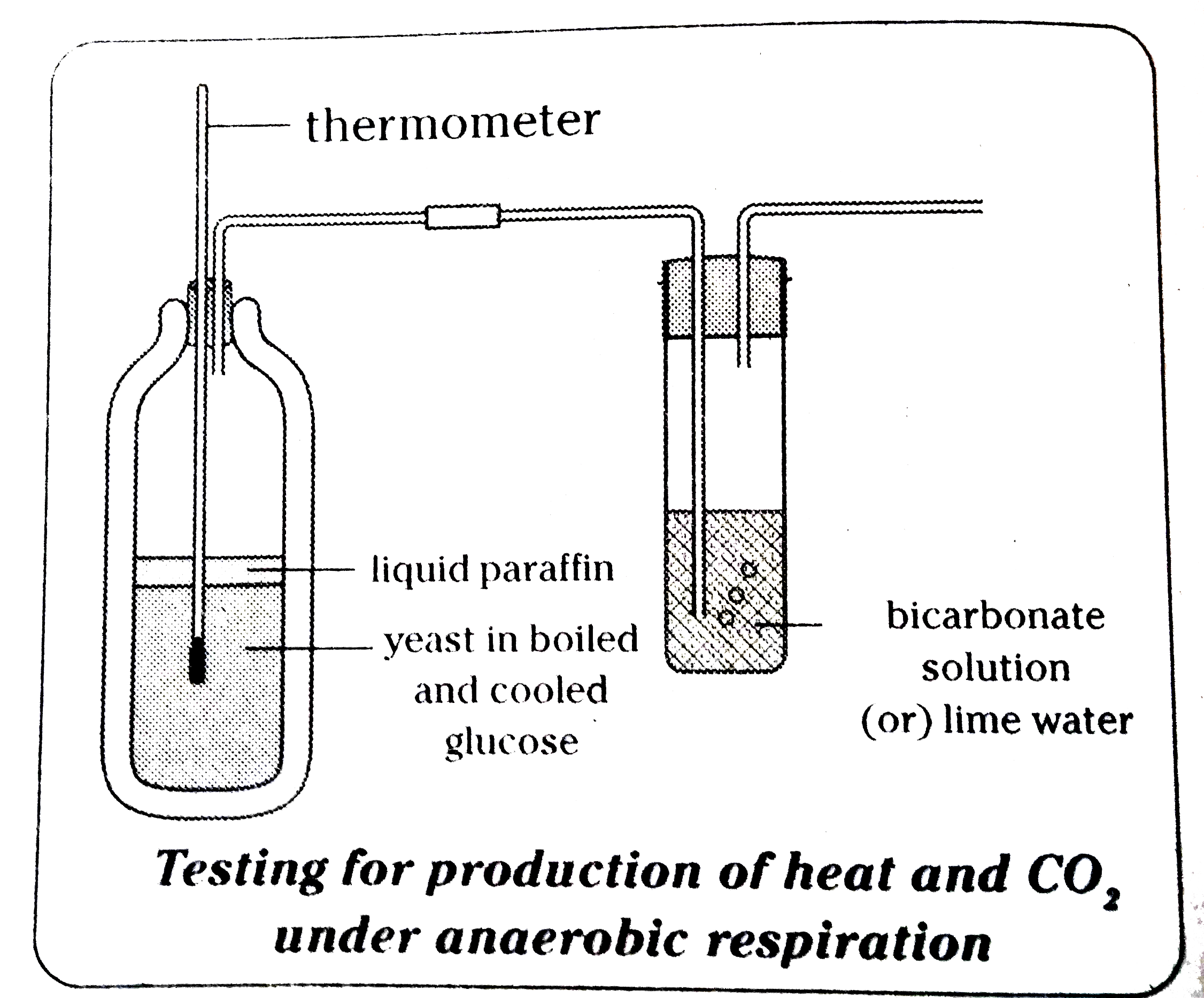
Why did he pour paraffin on glucose solution ?
View SolutionTo observe Anaerobic respiration a student conducted experiment with yeast. In this experiment,
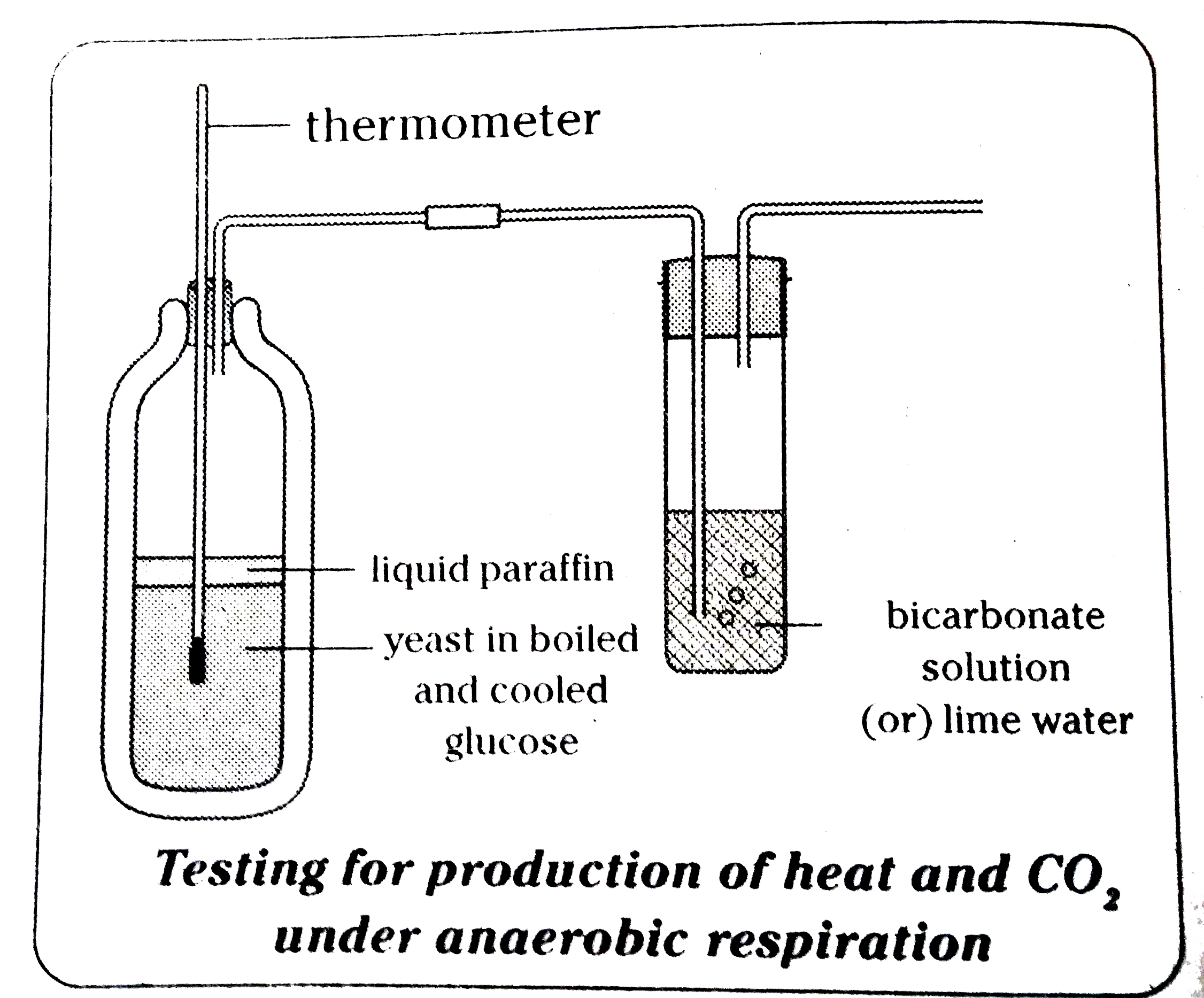
Why did he add diazine green (Janus Green) to the glucose solution before additing paraffin wax ?
View SolutionTo observe Anaerobic respiration a student conducted experiment with yeast. In this experiment,

What did he do to speed up the test ?
View SolutionTo observe Anaerobic respiration a student conducted experiment with yeast. In this experiment,
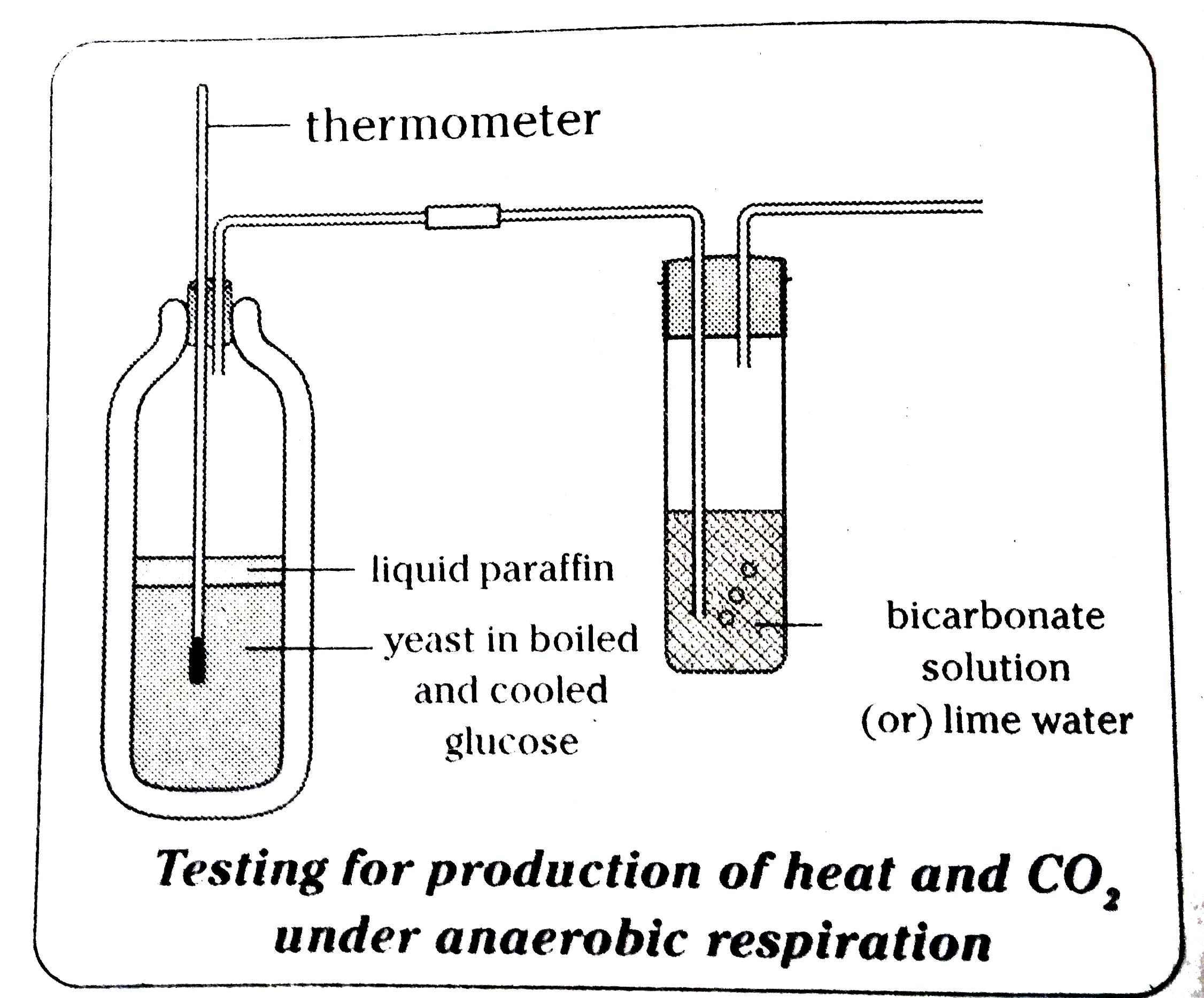
What are the observations he made during the experiment ?
View SolutionWhat is the pathway of air from nostril to alveolus ?
View SolutionWhat are the green house gases ?
View SolutionStudy the graph given below and analyse the reasons for accumulation of lactic acid in blood after strenuous exercise.

View SolutionObserve following table and answer the questions given below .

Why does the amount of oxygen vary between exhaled and inhaled air ?
View SolutionObserve following table and answer the questions given below .

Why does exhaled air contain more carbon dioxide ?
View SolutionObserve following table and answer the questions given below .

Why there is no change in Nitrogen percentage in exhaled and inhaled air ?
View SolutionDraw a neat labelled diagram of power house of a cell. What is the function of inner membrane ?
View SolutionLabel the parts for given diagram .

View SolutionDraw a neat diagram to explain the exchange of gases at blood level and label the parts.
View Solution
CREATIVE QUESTIONS FOR NEW MODEL PAPER ( 4 MARK QUESTIONS) questions and complete solutions for chapter RESPIRATION - THE ENERGY PRODUCING SYSTEM of VGS BRILLIANT BIOLOGY (TELUGU ENGLISH) of Class 10
All Exercises from VGS PUBLICATION-BRILLIANT Class 10 BIOLOGY RESPIRATION - THE ENERGY PRODUCING SYSTEM
- CHOOSE THE CORRECT ANSWER
- CREATIVE QUESTIONS FOR NEW MODEL PAPER ( 1 MARK QUESTIONS)
- CREATIVE QUESTIONS FOR NEW MODEL PAPER ( 2 MARK QUESTIONS)
- CREATIVE QUESTIONS FOR NEW MODEL PAPER ( 4 MARK QUESTIONS)
- CREATIVE QUESTIONS FOR NEW MODEL PAPER (1/2 MARK QUESTIONS)
- CREATIVE QUESTIONS FOR NEW MODEL PAPER (PREPARATION QUESTIONS FOR THE EXAMINATION PURPOSE)
- FILL IN THE BLANKS
- IMPROVE YOUR LEARNING (APPLICATION TO DAILY LIFE, CONCERN TO BIODIVERSITY)
- IMPROVE YOUR LEARNING (APPRECIATION AND AESTHETIC SENSE , VALUES)
- IMPROVE YOUR LEARNING (ASKING QUESTION AND MAKING HYPOTHESIS)
- IMPROVE YOUR LEARNING (COMMUNICATION THROUGH DRAWING , MODEL MAKING )
- IMPROVE YOUR LEARNING (CONCEPTUAL UNDERSTANDING )
- IMPROVE YOUR LEARNING (EXPERIMENTATION AND FIELD INVESTIGATION)
- IMPROVE YOUR LEARNING (INFORMATION SKILLS AND PROJECTS)
- QUESTION GIVEN IN THE LESSON (1 MARK QUESTIONS)
- QUESTION GIVEN IN THE LESSON (2 MARK QUESTIONS)
- QUESTION GIVEN IN THE LESSON (4 MARK QUESTIONS)
- THINK & DISCUSS